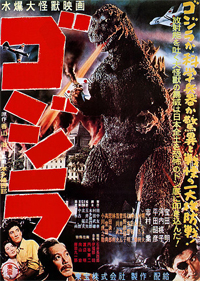I missed this from a few days ago, but I’m all excited: French animator Michel Ocelot has made a third film starring the tiny-but-wise African folk hero Kirikou, Kirikou: Men and Women. The first two Kirikou films — Kirikou and the Sorceress and Kirikou and the Wild Beast are absolutely wonderful children’s movies — beautifully animated, with a wonderful 2D style.
With the new film, it looks like they’re using CG models, for an even cleaner line and smoother movement. (Do you call it cel shading if there’s no shading?) While I haven’t seen Ocelot’s previous effort, Azur et Asmar (a.k.a. The Princes’ Quest), the stiff CG I saw in the trailer was a bit of a turn-off. Here, the simpler colors on the figures makes this look much, much better. The film was made in 3D and should be out in France next February? I have no idea when it will make it here, of course, but a (very) limited release to a few art house theaters is likely.
The trailer is NSFW, I guess. It’s non-sexual nudity, albeit a lot of it — the African villagers, including Kirikou, don’t wear a lot of clothing. If you’ve seen the earlier films, you already know that. If you haven’t, I swear, it’s really a kid’s flick!
(By the way, if you know French, you can watch the entire first film on YouTube, though the video quality isn’t good.)
via Twitch

 Godzilla
Godzilla